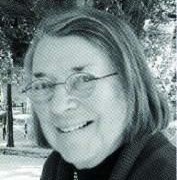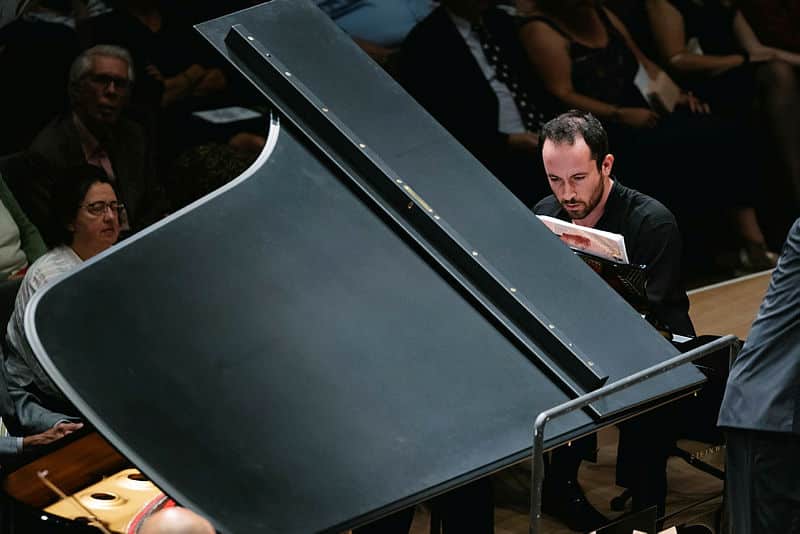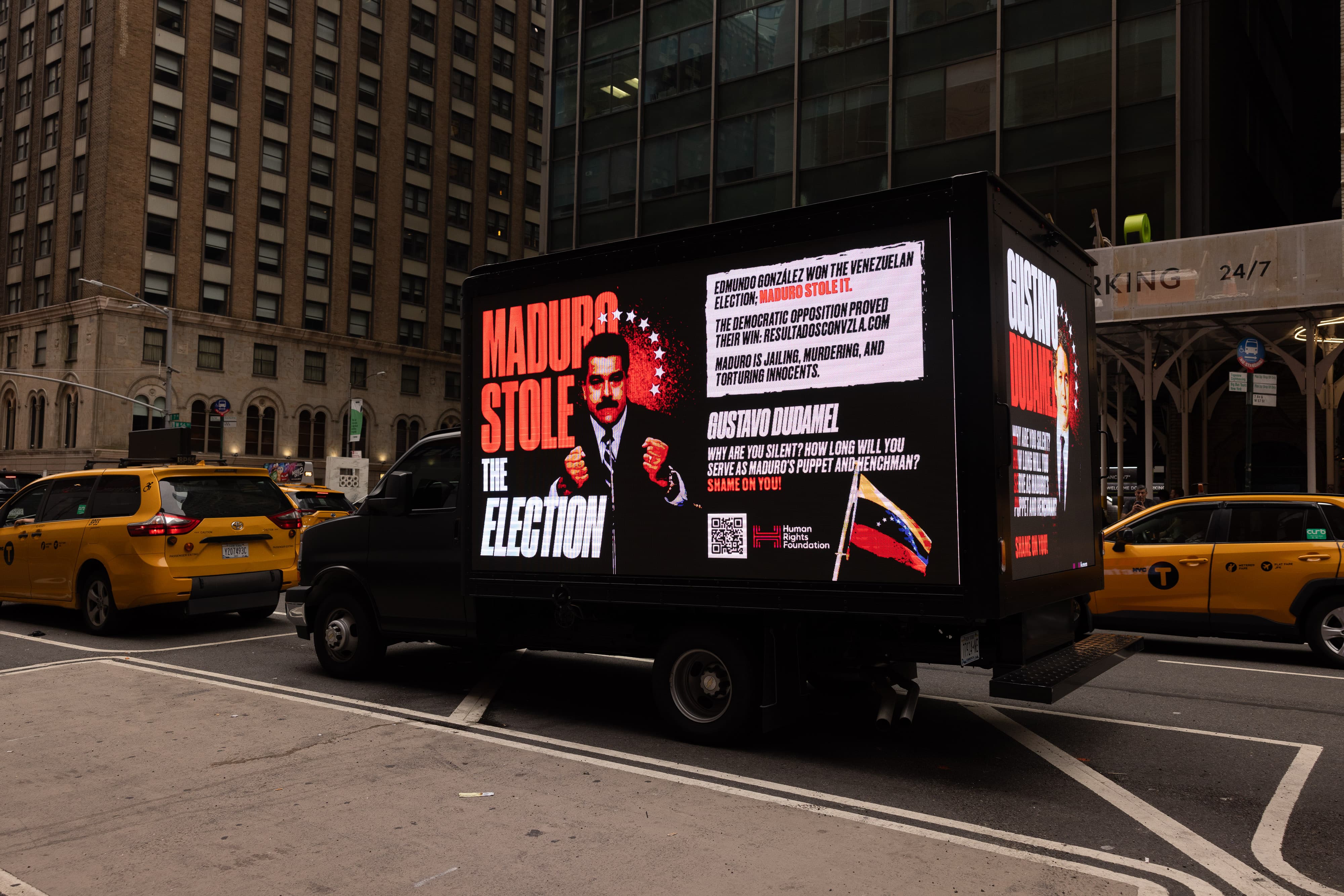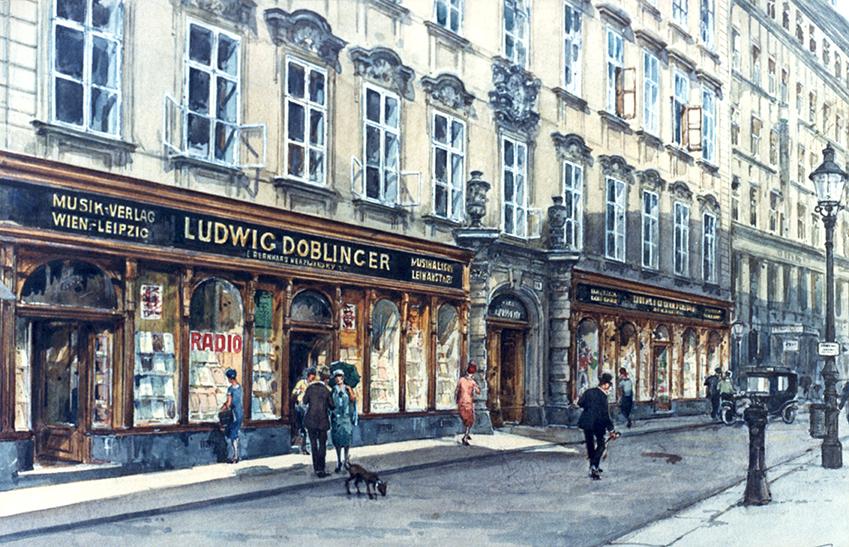Dedicated concertgoer leaves $4m to chamber music
mainIn a gift that leaves every small hall in the world with its tongue hanging out, the Chamber Music Society of Lincoln Center is cashing a check for $4 million left by a lady who used to attend its concerts.
She was Jane Kitselman, a passionate cellist. She died in March, aged 87.
Born Jane White in Muncie, Jane graduated Indiana University in music and art history, and set off to study cello in Salzburg and Vienna. Befriended by the Budapest String Quartet, she played at the Prades Festival that Pau Casals founded in France. She married Richard Kitselman, was widowed in her early thirties, and is survived by her companion Anne Dunn Moynihan.






It’s nice that the Chamber Music Society of Lincoln Center received $4 million, but of course this repeats the pattern of arts funding being concentrated in a few financial centers where the wealthy live while the rest of the country is neglected.
This has an added dimensions because the Santa Fe Chamber Music Festival is comprised largely of New York musicians. It’s similar to a summer camp for the CMSLC, while the local musicians in Santa Fe struggle for bare existence. The New York musicians deeply raid the town’s donor base of wealthy second homers, present a summer festival, then leave.
It is beneficial for Santa Fe to have such excellent musicians around for the summer, but on other levels the festival creates a form of cultural impoverishment. The festival has made some efforts to integrate itself into the community for more than just the summer, but it is no substitute for adequately funded, genuinely resident ensembles.
I think you might be thinking of Music from Angel Fire. The Santa Fe festival has some overlap with Lincoln Center (unsurprising for any festival because a lot of those musicians are top in the field right now), but it also has a substantial percentage of non-NY non-CMSLC musicians.
Music From Angel Fire is strongly oriented toward Curtis faculty, so its orientation is more toward Philadelphia. Its festival is only about two weeks long and is centered around Taos, not Santa Fe.
At my last count, New York musicians predominated among the artists of the SFCMF, and I doubt that has changed. The central point is the increasing lack of support for local musicians while their donor base is raided from groups resident in large financial centers — a process of centralization that harms culture.
Take another look through Santa Fe’s current artist roster – you may be pleasantly surprised. At my count of artists with bios / who I recognize I get 15 New York or Lincoln Center musicians (and yes, many of the musicians who are members of CMSLC are from Philly and Curtis) and 22 non. At least two of those say they live in Santa Fe year round.
Aha… I was already wondering what happened to the staff of the Wigmore Hall, walking around with these tongues publicly exposed, and the same symptoms seen later in the month at the Small Hall in the Amsterdam Concertgebouw and the Chamber Music Hall in the Berliner Philharmonie yesteday night – so, not some sort of disease but a case of elsewhere located generosity.
If every multi-millionaire in the West would donate a mere 1 m dollars to a comparable music institution or ensemble, chamber music would be in the forefront of music making again. Why aren’t rich people supporting and adopting string quartets, piano trios, and the like, as did Viennese aristocracy in the 18th century? It seems most of them are the wrong kind of millionairs.
Agreed. It is such a shame that chamber music (in America) has become analogous to golf clubs.
This maybe a snapshot of the paradigm that is American Art in general. It is extremely safe and safely guarded. It is not meant for those who are interested, it is for the interest of the wealthy.
OF COURSE there are plenty of exceptions…chamber music is not one of them!
Chamber music festivals make sense. Many people have heard of the Emerson String Quartet – one can buy tickets for them confidently knowing sort of what they’re getting into, but most chamber groups can be formed at any time, and are more “underground” in nature, so it’s better if they are part of a festival. Part of it is also the repertoire and providing some variety or context in concerts – standard chamber forms have a lot of repertoire, but to bring together a group of musicians for a non standard assortment of instruments – it’s better if it’s part of a festival (with some free lance players) or maybe members of a chamber orchestra. You want to be able to feature two works on a program that are thematically related but may require very different assortment of instruments.
So much of the chamber repertoire has a really high quality of writing – one could agree that there could never be too much of it.